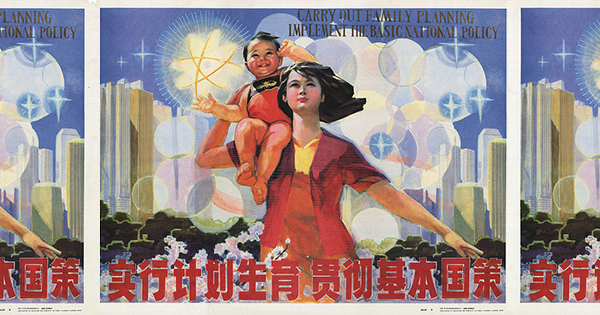
A journalist called me the other day to ask if I would “speak about the unspeakable”: isn’t it true, she said, that if our human population weren’t so large, we wouldn’t have so many environmental problems?
More than seven billion people already inhabit the planet, and by 2050, there may be as many as 10 billion. It took us 50,000 years to reach the first billion, but barely more than a decade to add the most recent billion. The negative effects of so many people competing for Earth’s limited resources are everywhere to be seen.
So what do you propose, I teased, slaughtering half the world’s population? Of course not. She described a charity trying to create sustainable villages in Madagascar that is promoting family planning to reduce the villagers’ environmental footprint—shouldn’t that be practiced everywhere?
It already is. Population growth is slowing, with many countries now in negative growth. The rate peaked around 1968 (the year when Paul Ehrlich’s The Population Bomb was published, and since then has declined by about 50 percent. The average woman in a developing country (outside of China) now has three kids rather than six. Globally, that number stands at 2.36, roughly equal to the “replacement rate” (2.33), which, accounting for child and maternal deaths, is the number of children a woman needs to have, on average, to maintain the current population.
Some countries have actively promoted contraceptive use, later motherhood, and female education to reduce family size. China, the most populous nation, introduced a controversial one-child policy in 1978, which has prevented hundreds of millions of potential births. However, social engineering has turned out to be less effective than economic growth in reducing family size: over the same period, Taiwan, in moving from “developing” to “developed” status, has seen a slightly larger reduction in fertility than China.
As people get richer, better educated, and urban, and as resources such as family land become scarcer, women will continue to have fewer children. It may be that as fertility declines, the global population will fall. Such a shift is already happening in parts of the rich world, such as Japan. The social consequences of this are enormous. Wealthy societies will increasingly have to rely on immigration to support the generational population disparity.
Women still have large families in some places, and there, as elsewhere, they should have access to family planning as a fundamental human right. Smaller families may well bring environmental benefits, but promoting family planning programs on that basis alone makes me very uncomfortable.
Rather than focusing on population growth as the preeminent environmental problem, we need to accept our growing numbers and look to what we can acceptably change. And it’s no secret that it comes down to our use of resources. If product engineers were made to consider the 10-billion global population during the design phase, for example, they could create products that are more durable, longer-lasting, and more easily dismantled for efficient recycling of their materials. Energy could be generated from nonpolluting sources. Instead of wasting 40 percent of our food, as we do now, we could farm, store, transport, and eat it more efficiently.
Until the next population-decimating pandemic sweeps the globe, we need to make our large number part of the environmental solution rather than the problem.

